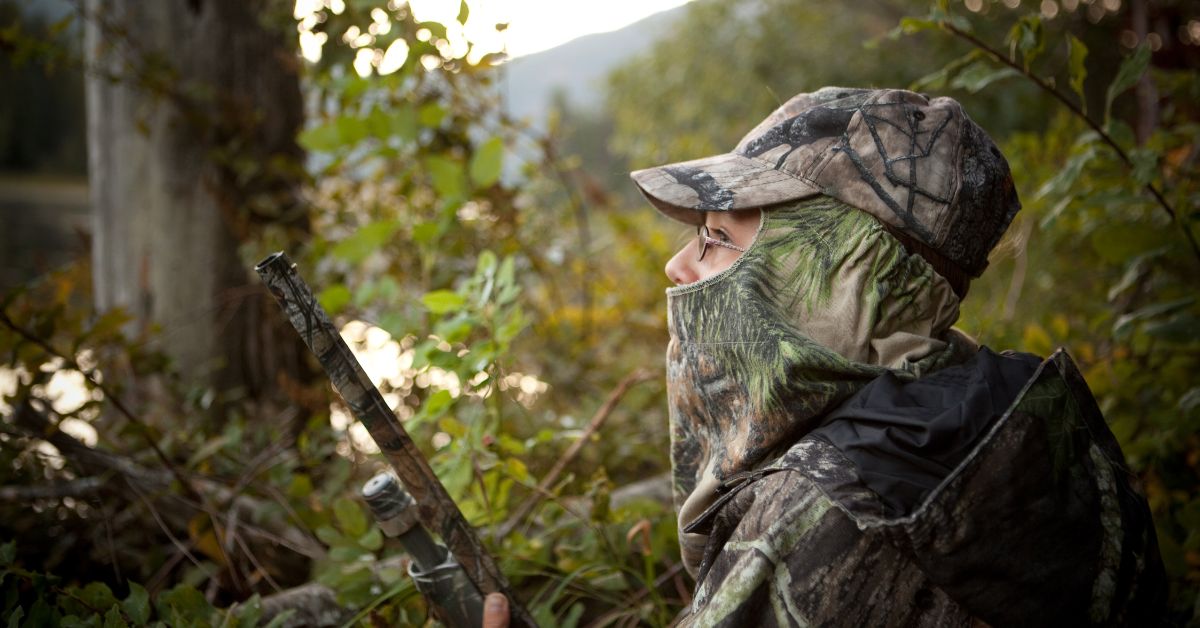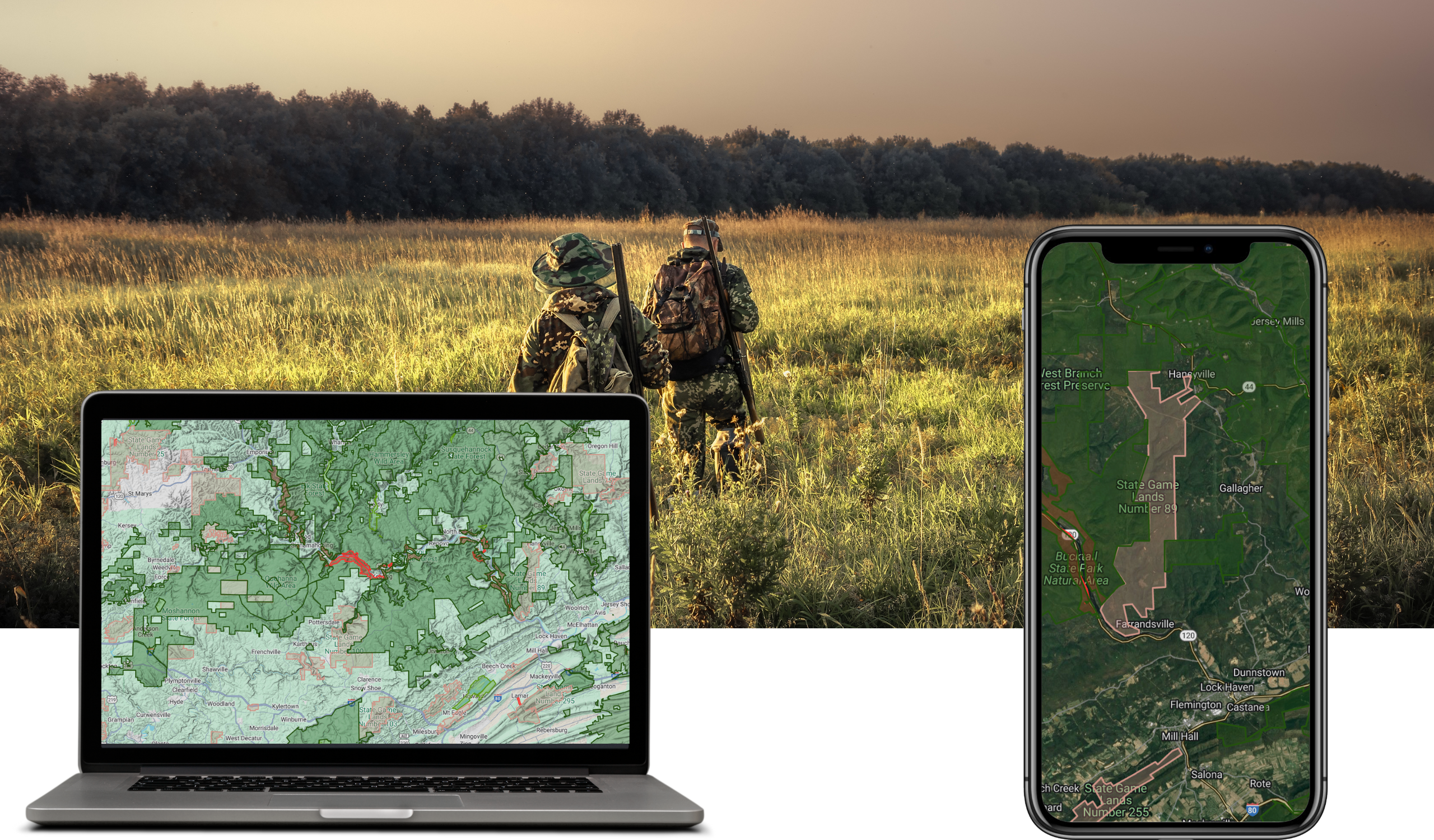Spring Gobbler Season in Pennsylvania: Everything You Need to Know for 2025
As winter fades and the Pennsylvania woods begin to come alive, hunters across the state eagerly prepare for one of the most anticipated seasons of the year-spring gobbler season. This is more than just a hunt; it’s a time-honored tradition that has been passed down through generations, a testament to Pennsylvania’s deep-rooted hunting culture and its conservation success story.
There’s something special about spring gobbler season in Pennsylvania. The challenge of outsmarting a sharp-eyed tom, the patience required to make the perfect call, and the sheer excitement of seeing a big gobbler strut into range. It’s a hunting experience unlike any other. I remember my spring turkey hunts as some of my favoritie time in the Pennsylvania woods. This season isn’t just about filling a tag; it’s about tradition, conservation, and the thrill of the hunt. Here’s everything you need to know about the 2025 statewide spring season.
2025 Statewide Spring Gobbler Season Dates
The Pennsylvania Game Commission has set the following season dates for 2025:
- Youth Hunt: Saturday, April 26, 2025, for eligible junior hunters with the required license and mentored youth hunters aged 16 and under. Hunting hours are from one-half hour before sunrise until noon.
- Regular Season: May 3 to May 31, 2025.
- May 3 to May 17: Hunting is permitted from one-half hour before sunrise until noon.
- May 19 to May 31: Hunting hours extend from one-half hour before sunrise until one-half hour after sunset.
This split in legal hunting hours during the PA season is designed to give gobblers a break from mid-day hunting pressure early in the season while allowing more opportunities for hunters as the season progresses.
Bag Limits and Licensing
Pennsylvania hunters looking to participate in the spring gobbler season only need a general hunting license, which includes a variety of hunting privileges. With this license, hunters receive one spring turkey tag, allowing them to pursue gobblers during the statewide season. Additionally, the general hunting license provides an antlered deer tag, a fall turkey tag, and access to small game hunting. It also grants archery and muzzleloader privileges, as well as furtaker privileges for those interested in trapping furbearers. For hunters who wish to harvest a second gobbler, a valid special wild turkey license must be purchased before the season begins.
- Daily Limit: One bearded turkey per day.
- Season Limit: Two bearded birds.
- Additional Spring Gobbler License: Hunters who wish to harvest a second gobbler must purchase a valid special wild turkey license before the season starts (available until May 2, 2025).

Hunting Regulations and Firearms
- Permitted Firearms and Equipment:
- Manually operated or semi-automatic shotguns (limited to three shells in chamber and magazine combined).
- Muzzleloading shotguns.
- Archery Gear: Crossbows, as well as longbows, recurve bows, and compound bows.
- Ammunition Restrictions:
- Shot size must be no larger than #4 lead, #2 steel, or #4 of any approved alloy of nontoxic shot.
- Hunting Blinds:
- Only blinds made of man-made materials that fully enclose the hunter on all four sides and from above are legal.
- Fluorescent Orange Requirements:
- Fluorescent orange is not mandatory during the spring gobbler season but is highly recommended while moving
While hunting turkey during the spring turkey season, it is unlawful to: (i) Use or possess a centerfire, rimfire or muzzleloading firearm that propels single projectile ammunition, except as authorized under section 2525 of the act.
Reporting Harvests
All successful hunters are required to report their turkey harvest within 10 days. For those who purchase a second spring gobbler license, reporting is mandatory, even if no turkey is harvested with that permit. Reports can be made online on the Pennsylvania Game Commission website.
Why Spring Gobbler Season Matters to PA Hunters
A successful turkey season depends on many factors, including the presence of a healthy population of high-spirited jakes that will mature into next year’s gobblers. Managing these younger birds is crucial for sustaining strong turkey numbers in future seasons. As the weeks of the season progress, turkey behavior changes, with early-season gobblers often henned up and later-season birds becoming more receptive to calls. These shifting dynamics add to the challenge and excitement of spring gobbler hunting.
For Pennsylvania hunters, spring gobbler season is more than just an opportunity to fill the freezer—it’s a deeply ingrained tradition. It may be hard to imagine today, given how common it is to see wild turkeys strutting through fields and woodlots, but their survival was once uncertain. Even Benjamin Franklin, who admired the turkey for its intelligence and resourcefulness, famously lamented the selection of the bald eagle as the national symbol, arguing that the wild turkey was ‘a more respectable bird.’ While it never officially held that honor, the wild turkey’s role in Pennsylvania’s landscape is undeniable. Due to habitat destruction and unregulated hunting in the 19th and early 20th centuries, turkey numbers dwindled to dangerously low levels, with estimates suggesting only 3,500 to 5,000 birds remained in Pennsylvania by the early 1900s. It took decades of dedicated conservation efforts, habitat restoration, and strict hunting regulations to bring them back. By 2001,
Pennsylvania’s wild turkey population peaked at an estimated 280,000 birds, reflecting decades of conservation work and habitat restoration. However, turkey populations have fluctuated in recent decades, with numbers declining to around 159,000 birds by 2021 due to factors such as habitat loss, changing weather patterns, predation, and disease. Despite these challenges, Pennsylvania still boasts one of the strongest wild turkey populations in the country, making spring gobbler season not just a hunt, but a celebration of that remarkable comeback and a reminder of the importance of ongoing conservation efforts.
Spring vs. Fall Turkey Hunting
While spring gobbler season gets most of the attention, Pennsylvania also offers a fall turkey season, which provides a different set of challenges and opportunities. Unlike in the spring, where hunters focus on calling in responsive toms, the fall season allows for hunting both male and female turkeys, with a strategy that often relies more on locating flocks and patterning their movements. Food availability plays a significant role in fall hunting success, as turkeys move frequently in search of acorns, berries, and other natural forage. Understanding food abundance in a given area can be the key to finding fall turkeys.
The Challenge of Hunting Wild Turkeys
Unlike other game animals, turkeys have an incredible ability to detect danger. Their eyesight is equivalent to a hunter wearing a pair of high-powered binoculars, and they can detect even the slightest movement. This makes patience, camouflage, and calling skill essential for success.
Turkeys communicate using a variety of vocalizations, including gobbles, clucks, purrs, and yelps. Knowing when and how to use different calls can mean the difference between a successful hunt and a long day of frustration. Many seasoned hunters recommend practicing with multiple types of calls—such as box calls, slate calls, and diaphragm calls—to mimic different turkey sounds.
Best Hunting Strategies for Spring Gobblers
Success in spring gobbler hunting starts well before opening day. Scouting is key, with experienced hunters spending early mornings in the woods, listening for gobbles and looking for tracks, droppings, and scratching. Knowing where turkeys roost and travel provides a major advantage when setting up for a hunt.
Calling is another crucial skill. Many hunters begin with soft yelps to gauge a tom’s interest before escalating to more aggressive calling if needed. If a gobbler responds but remains hesitant, changing position slightly can create the illusion of a hen walking away, prompting the tom to move in closer.
Decoy strategy varies based on location and hunting pressure. A lone hen decoy often attracts a curious gobbler, while a jake decoy can trigger a dominant tom’s territorial instincts, drawing him into range. However, in areas with heavy hunting pressure, experienced birds may become wary of decoys, making a more minimalist approach effective.
The time of day can also influence hunting success. While dawn hunts are popular, mid-morning and late-season afternoon hunts can be productive as well, especially as more hens begin nesting and toms become increasingly receptive to calls.
Safety Considerations
Spring turkey season comes with its own set of safety challenges, as hunters are actively calling birds and setting up in concealed positions. Here are a few key safety tips:
- Identify Your Target: Never shoot at movement or sound—be 100% certain of your target before pulling the trigger.
- Use Blaze Orange While Moving: Even though it’s not required, wearing an orange vest or hat while moving through the woods can prevent mistaken identity.
- Avoid Using White, Red, or Blue Clothing: These colors are found on male turkeys and can increase the risk of being mistaken for game.
- Hunt with a Buddy: If possible, hunt with a partner and maintain visual contact to avoid any accidental incidents.
Hunterizer: A Modern Tool for Turkey Hunters
For hunters looking to gain an edge this season, digital tools can make a big difference in planning a successful hunt. Hunterizer is an innovative platform designed to help hunters navigate state regulations, and scout prime hunting areas with real-time data. By integrating public map layers and hunt areas, it provides detailed insights into wildlife management units and prime locations for spring gobbler hunting.
One of the biggest challenges for turkey hunters is understanding how variety of factors, such as food abundance and seasonal movements, impact turkey behavior. Hunterizer consolidates this information into one easy-to-use resource, allowing hunters to plan their hunts more efficiently. Whether tracking trends from last year or preparing for next year, this platform helps hunters make informed decisions that improve their odds in the field.
With digital scouting becoming an increasingly valuable tool, Hunterizer ensures that hunters have the latest data at their fingertips, helping them maximize their chances of success during Pennsylvania’s spring gobbler season.
Final Thoughts
Spring gobbler season in Pennsylvania is more than just a chance to bag a bird—it’s a time of camaraderie, skill-building, and deep appreciation for the outdoors. Whether you’re a seasoned hunter or heading into the turkey woods for the first time, this season is an opportunity to embrace tradition, challenge yourself, and contribute to the ongoing conservation of Pennsylvania’s wild turkey population.
Resources for PA Turkey Hunters:
- Pennsylvania Game Commission – Official Hunting Regulations & Licenses
- National Wild Turkey Federation – Turkey Hunting Tips & Conservation
- PA State Game Lands Maps – Public Hunting Area Maps
